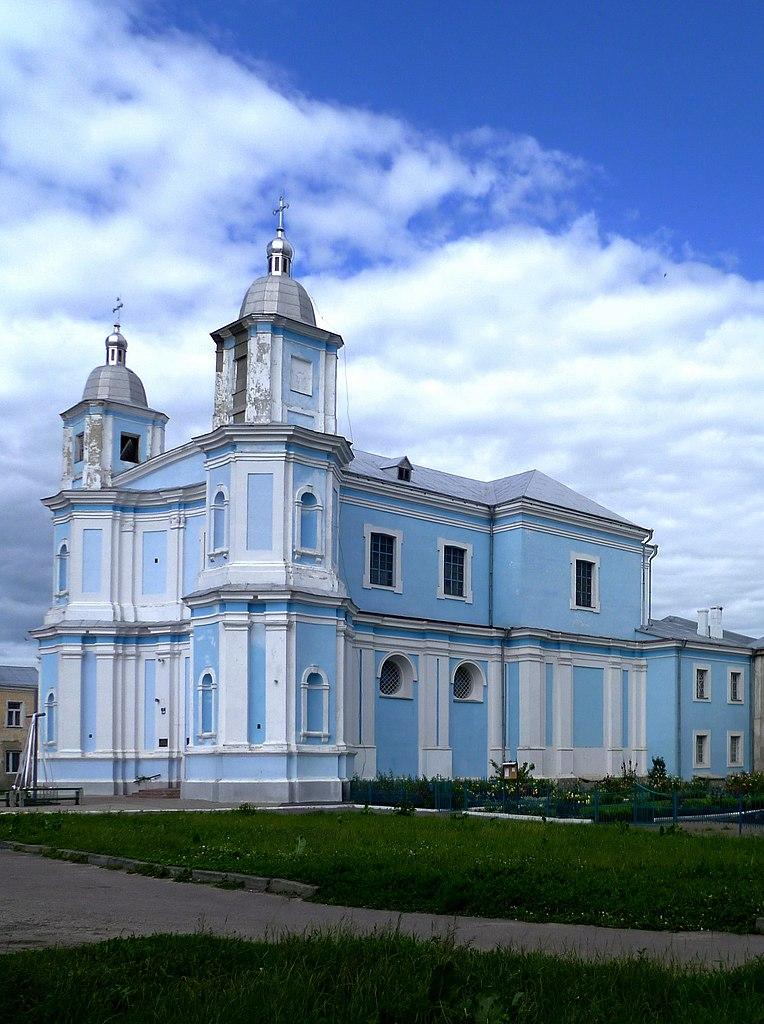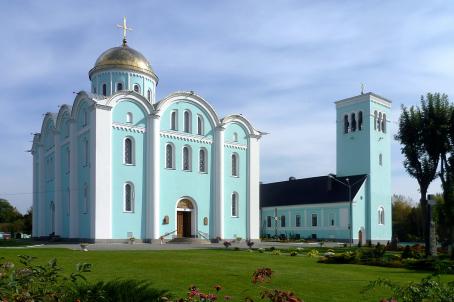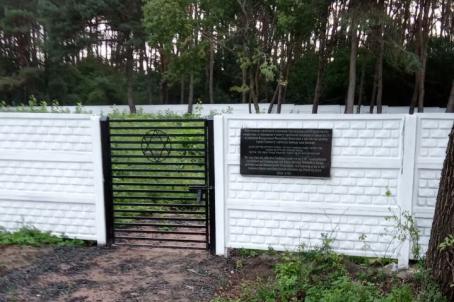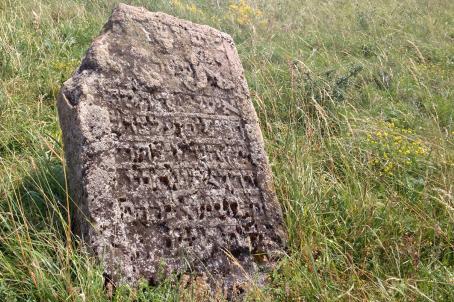Cathedral of the Nativity of Christ

The Cathedral of the Nativity of Christ was originally a Jesuit church built in the late Baroque style from 1755 to 1770 by the Jesuit architect Michał Radzyminski. In 1773, Pope Clement XIV abolished the Jesuit order and closed down all its institutions in Poland and Russia. In 1782, the church and monastery were transferred to the Greek Catholic order of Basilians, and in 1840, following the order's conversion to Orthodoxy, the monastery became Orthodox. In 1921, however, after the annexation of Volhynia to Poland, the church was again transferred to the Roman Catholic Church. The Roman Catholic parish of the church functioned until 1945 because during the Second World War a bomb explosion damaged the northern sacristy and the presbytery. In 1991, the church was again transferred to the Orthodox community.





